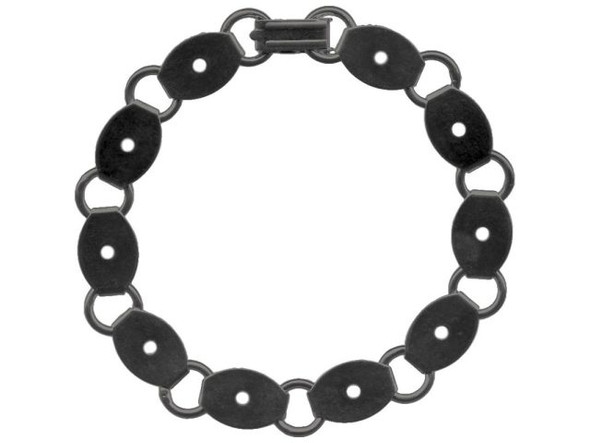Description
How to Use a Disk Cutter:
When you unwrap a new disk cutter, the components are normally covered in grease. Clean with a damp (not soaked) paper towel, then dry with a lint-free rag. Leave a light coating of oil to prevent rust.If punches are stored in the die plates, remove all punches from the die plates before using.
Styles vary, so you might not need all the steps below.
- Place disk cutter onto a sturdy flat surface.
- Slide sheet metal between die plates, to the desired location. You may need to lift the top plate, or loosen a spacing screw. (If so, replace the top of the disk cutter or tighten the screw after inserting sheet.) If neither is an option, then carefully hold the sheet metal in place.
- Apply a small amount of cutting lubricant to the cutting punch, to reduce friction, speed up production and extend tool life.
- Insert the appropriate size of cutting punch, cutting end down. The cutting end is silver, sharper, and usually slightly larger than the top end.
- Using a brass mallet, strike the punch until it goes all the way through the metal.
- Lift the cutter straight up. Disk and punch should slide through to the work surface.
- File or sand any rough edges of disk.
Troubleshooting:
If your disks have "echoes" or moons around the edges, something may have caused the metal to shift partway through the process. Potential problems:- A bouncy, springy tabletop. Try using the floor.
- Too many gentle whacks on the punch. Try for 3 or less hammer blows.
- Lifting the top plate to see your progress. Tempting, but don't.
Larger diameter disks, heavier gauges of metal, and some metals (such as brass) are tougher to cut. For tougher sheet metal, or disk sizes larger than an inch, consider:
- Annealing (heating) the metal. A jeweler's torch works well.
- Using a hydraulic press to push the punch through.
Marks on the bottom of your disks can be caused by a rough work surface. If working on a rough concrete floor, try a thin carpet sample or a rubber pounding or cutting board.
See Related Products links (below) for similar items and additional jewelry-making supplies that are often used with this item.
Details
Sold by: |
each |
Country of Origin: |
China |
Product Reviews
-
Disc cutter Question
Do you have Disc cutters larger than 1inch? [Rings & Things reply: Hi, We do not. We had one in the past, that punched up to 2" disks but it was very hard to use with just a hammer (i.e., without a hydraulic press), and so the disks cut with it were often too rough to be useable without a lot of cleanup work.]










